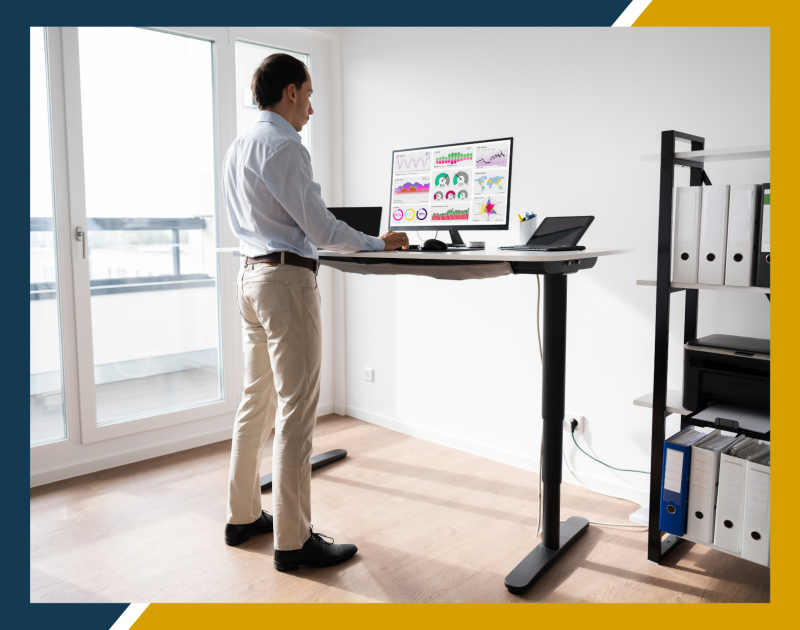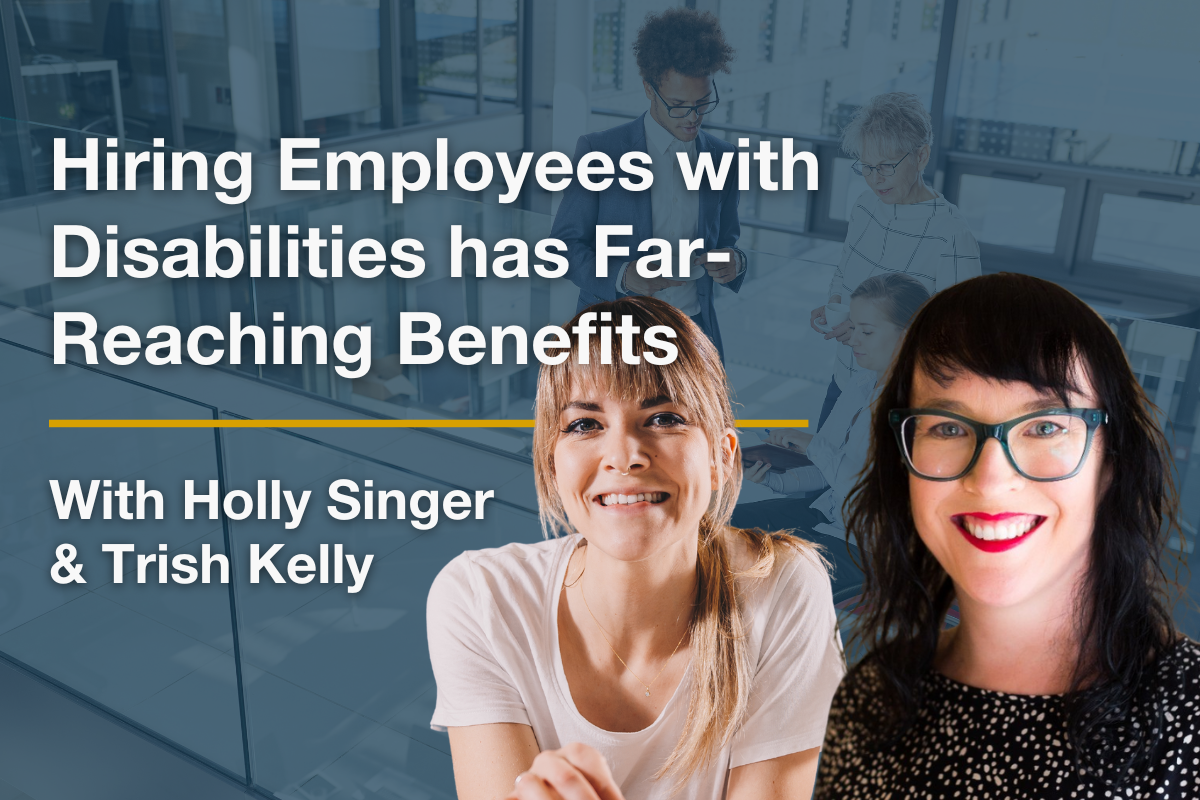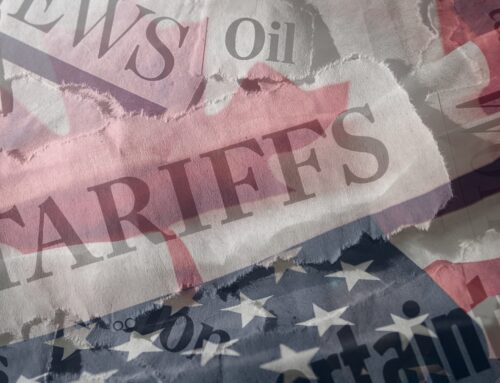According to Statistics Canada, the employment rate among Canadians (aged 25-64) with disabilities that limited their activity was 49%. Among those who did not report having a disability, the employment rate was 79%.
At the same time, inclusive workplaces are 2X as likely to meet or exceed financial targets and 6X more likely to be innovative and agile, according to Deloitte. Accessibility Canada also states that inclusive workplaces have lower turnover and increased company morale. These stats just scratch the surface of the potential that inclusive workplaces possess.
As business leaders everywhere work toward embracing diversity, equity, and inclusion in their workplace, we wanted to shed light on the long term and intangible benefits of hiring employees with disabilities and how you can go about doing so.
We got to chat with two inspirational people to glean important insight on the following topics:
- How to know what workplace accommodation measures your organization needs to take
- The cultural, financial, and morale benefits of hiring workers with disabilities
- Why including disability in the workplace is important
- How to recruit employees with disabilities
MEET THE CONTRIBUTORS

TRISH KELLY
Trish supports Canadian organizations in the public, non-profit, and private sectors to operationalize accessibility and inclusion. She is currently the in-house accessibility expert for Open Door Group, a BC-based non-profit connecting job seekers with disabilities to inclusive employers. Her knowledge of Diversity, Equity, Inclusion and Accessibility is informed by her experience as a leader in socially responsible organizations, as a justice-focused advocate in the community, and as a child of a disabled parent.

HOLLY SINGER
Founder of Milk Jar and role model for inclusive employment. Since starting Milk Jar in 2016, Holly’s brand has launched into the homes of candle lovers across the country. In 2021, Holly was named Avenue Calgary’s Top 40 Under 40 and is now the proud CEO of company comprised of 25% people with disabilities. To date, Milk Jar has donated over $156,000 to organizations supporting children and adults with disabilities.
A CHAT WITH HOLLY & TRISH | HIRING EMPLOYEES WITH DISABILITIES
WHAT IMPACT HAVE YOU SEEN ON YOUR BUSINESS FROM HIRING EMPLOYEES WITH DISABILITIES?
HOLLY SINGER, MILK JAR
We have seen multiple improvements and benefits in our company since hiring team members with disabilities. Employee retention is higher among our disabled employees and since becoming an inclusive workplace, we have seen an increase in employee retention among all of our staff members. When we began hiring people with disabilities, it highlighted gaps in our training guides that were either non-existent or lacked detail.
It also highlighted how important regular check-ins by supervisors and management is with all of our staff throughout the day. It has reduced the guesswork our staff may have on their daily tasks and created opportunities for our employees to share what they are working on, ask any questions, and lets us praise them for their success that day! This has created more connection and cohesion among all departments and teams.
We have also seen our business and sales grow since becoming an inclusive workplace. People want to support companies that have adopted equity, diversity and inclusion practices. Prioritizing the people in your company and the customers you serve by welcoming everyone and giving them equal opportunity will allow you to gain access to more diverse markets and heightened growth.
WHAT IMPACT HAVE YOU SEEN ON COMPANIES THAT HIRE PEOPLE WITH DISABILITIES?
TRISH KELLY, OPEN DOOR GROUP
A study by Deloitte found that organizations with inclusive cultures tend to be 6x more likely to be innovative AND 2x more likely to meet or exceed their financial goals. Ultimately, this generates 1.4x more revenue compared to organizations without an inclusive culture.
Why is this the case? Because diversity of experience is fuel for innovation. Whether you’re a small business owner with limited employees or part of a global company, diversity of experience, expertise and outlook gives you a wider variety of ideas to draw from.
Every day, people with disabilities encounter things in their life that weren’t designed for them, and they have to be creative to adapt to the world around them. Doing so requires developing skills such as problem-solving, persistence, and a willingness to adapt and experiment – all of which are essential for innovation. Hiring inclusively therefore means you welcome those skills into your organization, leading to innovative products and services that result in financial gains.
WHAT IMPACT HAVE YOU SEEN ON YOUR TEAM AND COMPANY CULTURE FROM HIRING PEOPLE WITH DISABILITIES?
HOLLY SINGER, MILK JAR

Being an inclusive employer has created a better work culture and positive environment in a couple of ways:
- By attracting people to apply for positions at Milk Jar that share our same company values of equity, inclusion and diversity
- By us becoming more accommodating to our employees and dedicated to their goals, growth and success. An accommodation for employees with disabilities is often an accommodation desired by all employees, which has created a better employee experience.
WHY IS IT IMPORTANT FOR COMPANIES TO HIRE PEOPLE WITH DISABILITIES?
TRISH KELLY, OPEN DOOR GROUP
In Canada, 1 in 5 working age Canadians have a disability. The Canadian Survey on Disability, run by StatsCan, tells us that 40% of Canadians with disabilities want to be working and have work potential. For youth 15-24 it’s even higher. This is a huge and largely underutilized talent pool that could help us solve our current labour issues.
WHAT HAVE YOU LEARNED AS A LEADER FROM HIRING PEOPLE WITH DISABILITIES?
HOLLY SINGER, MILK JAR
When we began training people with disabilities, we learned the importance of clear communication for their success, and in turn, all employees’ success. Early on in our management, we would sometimes assume employees would know what was expected of them without communicating it at all, which led to issues and misunderstandings.
Continuously reflecting on how we can better enable our employees to reach success, give clear and direct feedback, and speak intently allows everyone to meet expectations, perform to the best of their ability, and be successful.
HOW CAN BUSINESSES REMOVE BARRIERS FOR EMPLOYEES WITH DISABILITIES?
TRISH KELLY, OPEN DOOR GROUP
Businesses need to start with identifying barriers. They can do this by talking to people with disabilities, embedding disability user testing into their product development processes, and by investigating their current employment practices. This year, we launched the Disability Inclusive Employer Self-Assessment, which is a free tool for Canadian employers to look at 35 leading practices to really move the dial on inclusion for employees with disabilities. It’s free.

HOW DO YOU RECRUIT PEOPLE WITH DISABILITIES?
HOLLY SINGER, MILK JAR
We work with service providers like Inclusion Alberta and Gateway Association to connect us with job seekers looking for employment. They bring us resumes, support the new hire with an aide for their onboarding and training, and check in with us and the employee throughout their employment.
HOW WOULD YOU RECOMMEND BUSINESSES GO ABOUT RECRUITING PEOPLE WITH DISABILITIES?
TRISH KELLY, OPEN DOOR GROUP
One of the leading practices from companies that are doing this well is to partner with community organizations supporting job seekers. Hire for Talent has a directory that will help you find an organization in your province who can help you connect to qualified candidates with disabilities. Such partner organizations can also connect you to funding like wage subsidies, and offer you coaching as an inclusive employer.
HOW DOES HIRING PEOPLE WITH DISABILITIES CONNECT BUSINESSES TO A GREATER SOCIAL PURPOSE?
TRISH KELLY, OPEN DOOR GROUP
Most purpose-driven organizations are tracking their community impact. Ensuring that your community sees themselves reflected in your staff (from frontline employees to the leadership level) will ensure that the decisions you’re making (from products and service design to how you give back) align with what the community needs most.
To reach a truly representative workforce, 20% of your employees should self-identify as a person with disabilities. You won’t know if you are there until you start measuring, so consider adding a question about disability status to your employee survey.
Thank you both for your valuable insight and for championing the importance of embracing diversity and inclusion.
Subscribe to the TEC newsletter below and receive insightful thought leadership, right in your inbox.





